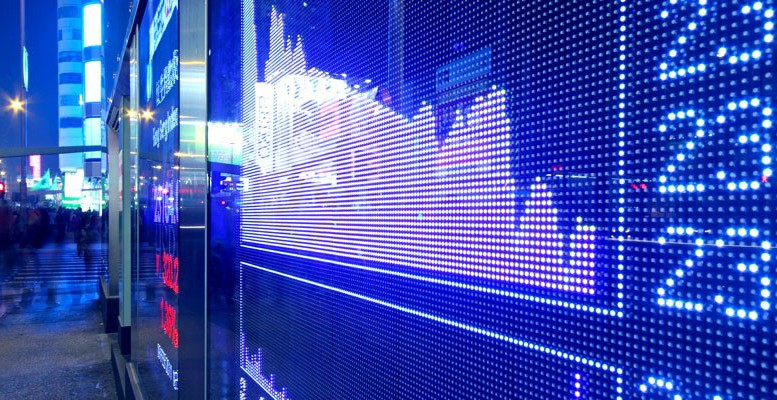Unigestión | The PBOC’s latest policy easing was necessary to address the near-term shock and to avoid permanent damage to the economy. After the trade war issues settled in December, the Coronavirus outbreak provides a new excuse for central banks around the globe to stand ready or to continue their liquidity measures. They have responded to each crisis in the same way and every time they find that it takes more aggressive action to produce the same effects. Looser financial conditions do not help when the economy has no productive uses for the new liquidity. With most industries already having enough capacity, the money has nowhere to go but back into the banks and, respectively, into financial assets.
Whether it is called QE or not, buying bills (swapping reserves for short-term bonds), injecting liquidity into the market place and growing the balance sheet affects risky assets. Market conditioning (the Pavlovian effect) since the GFC is that stock markets cannot go down when the Fed is growing the balance sheet. Additionally, the Fed’s extremely aggressive response to the repo blowout in September is another signal to markets that it has a very low tolerance for market fluctuations.
History does not repeat, but it does rhyme
The “temporary” repo facility that started in September last year feels much like the injections of liquidity back in 1999, delivering a similar outcome. The special lending facility that started in late 1999 to support the feared Y2K computer glitch offers a historical analogy to the current period. The day the Fed opened its Y2K lending facility on October 7th 1999, the Nasdaq started its 103% advance until March 24th 2000, two weeks before the facility was closed. The liquidity-driven high marked the end of the dot-com bubble. The USD 120bn facility might not sound enormous in the current climate, but it is significantly more than on 9/11 and on a par with the support offered during the GFC. And it was not until last year, when the Fed’s repo operations finally saw meaningfully higher levels.
It is clear that the Fed balance sheet and repo facility cannot explain the stock market’s movement in isolation, but we believe that it should not be underestimated simply because it is not called QE. When the Fed injects money, the liquidity generally flows into momentum stocks (most of the high momentum names can currently be found in the Nasdaq). Since the repo facility opened last September, the Nasdaq has advanced 21% without looking back. Financial markets will listen closely to get some hints if the Fed will end T-bill purchases and repo support in Q2, the current projected end date, because investors are well aware of what happened after QE1, 2 and 3 ended.





